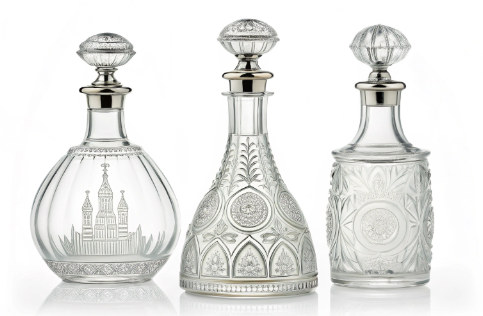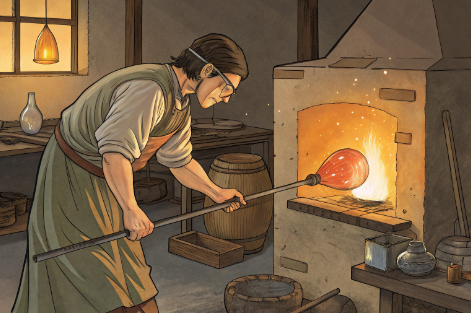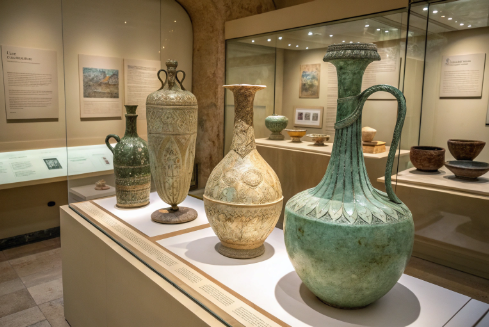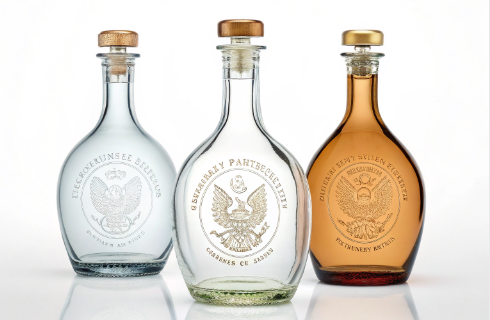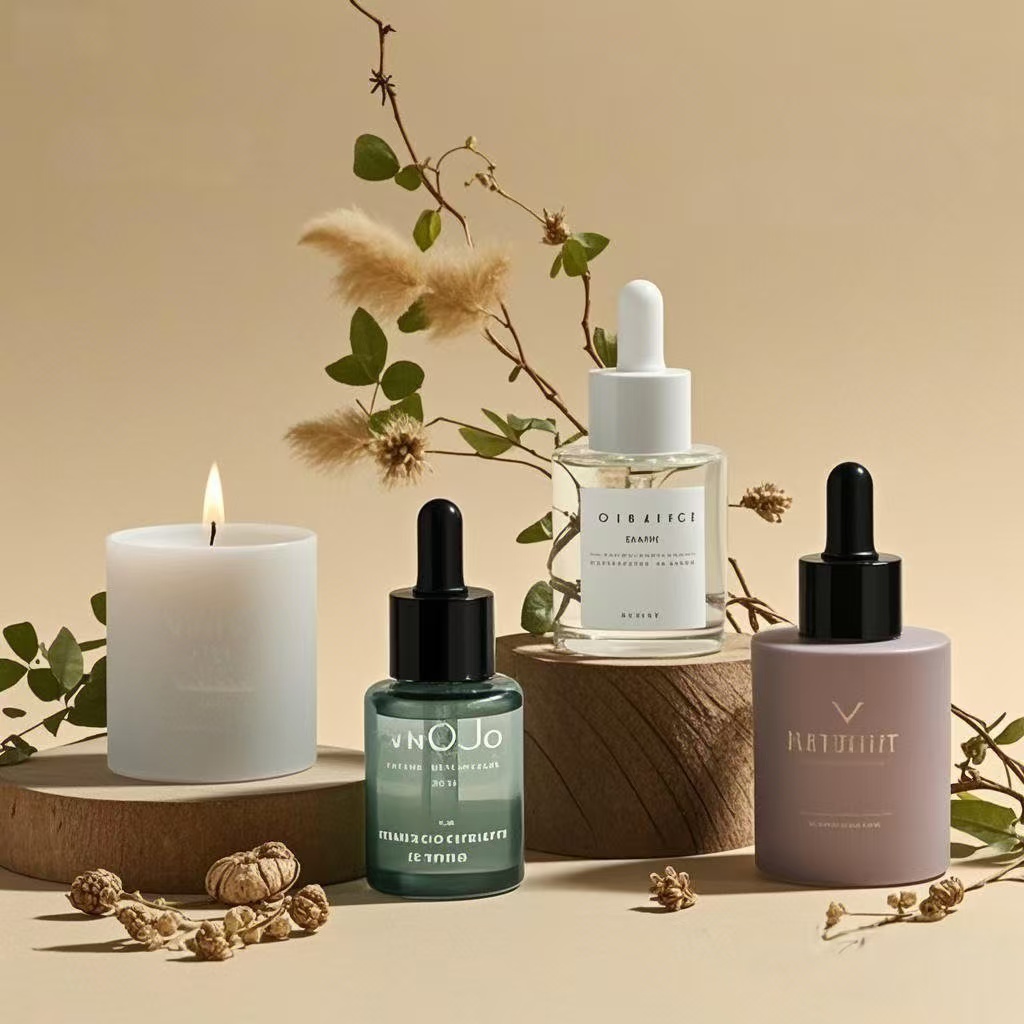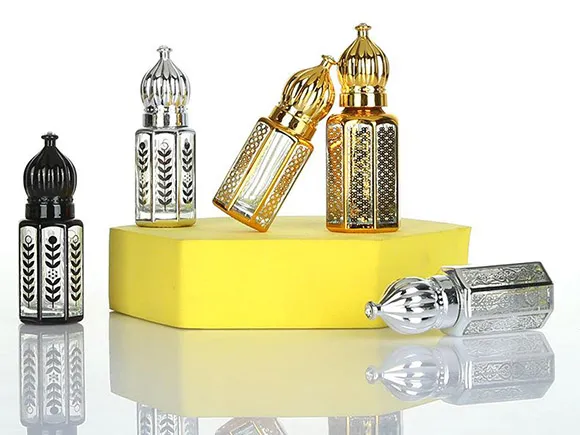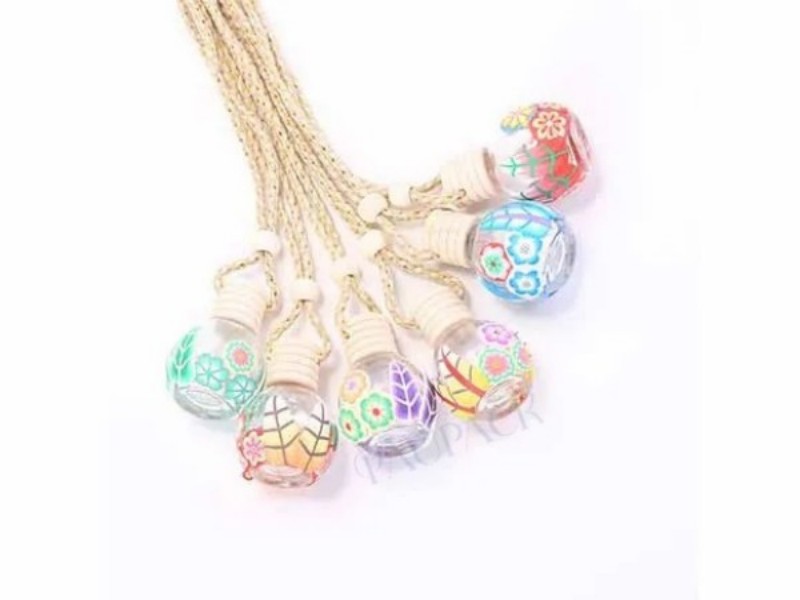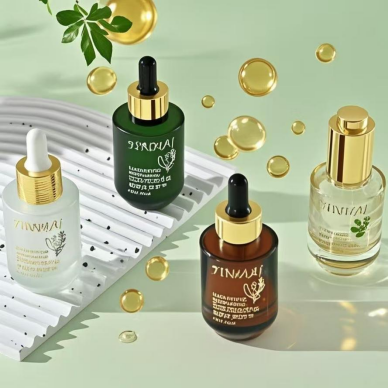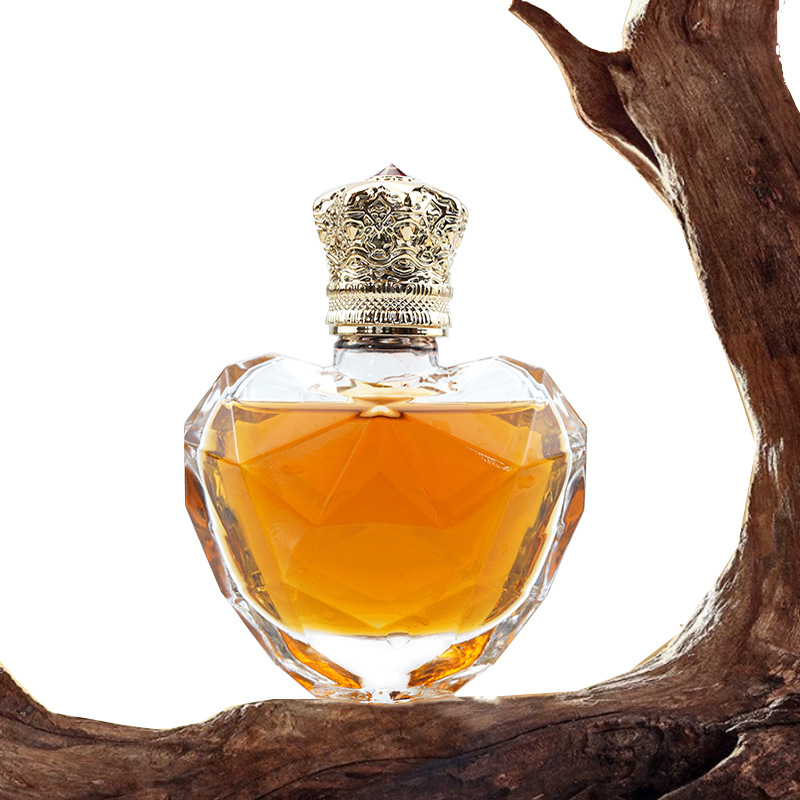Glass is one of humanity’s most remarkable inventions—a material that has fascinated civilizations for millennia due to its beauty, versatility, and mysterious origins. The story of glass is not just about a material; it is about the evolution of human creativity, technology, art, and culture. From the earliest beads and vessels crafted thousands of years ago to the sophisticated glassware and packaging of today, glass has been a symbol of innovation and elegance.
This article explores the rich history of glass and its ancient craftsmanship, tracing its journey from prehistoric origins through the great empires of antiquity, highlighting key technological breakthroughs, artistic achievements, and cultural impacts. We also connect this heritage to modern glass packaging, showcasing howPaupackingcontinues the tradition by offering exquisiteGlass Bottlesthat combine ancient craftsmanship with contemporary innovation.
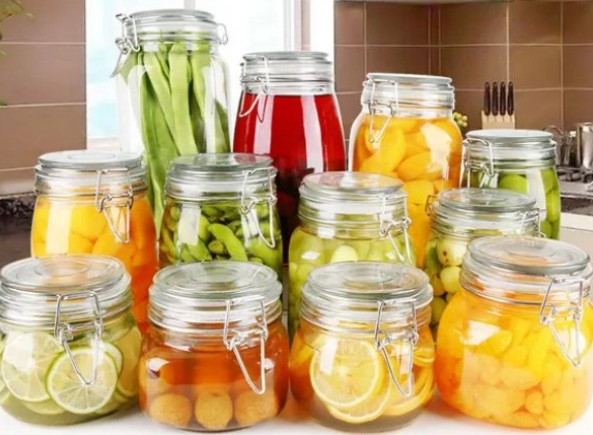

1. The Origins of Glass: A Mysterious Beginning
The exact origins of glassmaking are shrouded in mystery, but archaeological evidence points to the Near East—specifically Mesopotamia and ancient Egypt—as the cradle of early glass production, dating back over 4,000 years.
1.1 Early Glass Artifacts: Beads and Small Objects
The earliest known glass objects were small beads and inlays used for decoration, dating to around 3500 BCE. These early glass pieces were often made by heating naturally occurring glassy materials or by fusing silica with alkali and lime at high temperatures.
-
Materials:Silica (sand), soda ash (sodium carbonate), and lime (calcium oxide) formed the basic glass mixture.
-
Techniques:Core-forming was the primary method, where molten glass was shaped around a removable core of clay or sand to create hollow vessels.
-
Uses:These early glass beads were prized for their color and luster, often used in jewelry and ceremonial objects.
1.2 The Role of Ancient Mesopotamia and Egypt
Mesopotamian and Egyptian artisans refined glassmaking techniques, producing colorful beads, small containers, and decorative items. Glass was a luxury item, symbolizing wealth and status.
-
Egyptian Glass:Known for its vibrant colors and intricate patterns, Egyptian glassmakers developed methods to produce opaque and translucent glass.
-
Mesopotamian Influence:Mesopotamian craftsmen contributed to the spread of glassmaking knowledge through trade and cultural exchange.
1.3 The Mystery of Glass Discovery
Legend and some historical accounts suggest glass may have been discovered accidentally, perhaps when cooking over sand and fire created molten glass. Regardless, early civilizations quickly realized its potential for beauty and utility.
2. Ancient Glassmaking Techniques and Innovations
The evolution of glassmaking techniques was gradual but transformative, with several key methods emerging in antiquity.
2.1 Core-Forming: The Earliest Hollow Vessels
Core-forming was the dominant technique for creating hollow glass vessels from around 1500 BCE.
-
Process:A core made of sand and clay was shaped into the desired interior form. Molten glass was wound around the core and shaped with tools. Once cooled, the core was scraped out.
-
Products:Small bottles, perfume containers, and jars.
-
Artistry:Often decorated with colored trails and patterns.
2.2 Casting and Cutting
Casting involved pouring molten glass into molds to form shapes. After cooling, artisans would cut and engrave the glass to create intricate designs.
-
Roman Innovations:The Romans perfected casting and cutting, producing bowls, cups, and plates with elaborate patterns.
-
Decorative Techniques:Included network glass (web-like patterns) and gold-band glass.
2.3 Mosaic and Millefiori Glass
Mosaic glass, including the millefiori technique, involved assembling small pieces of colored glass rods into patterns and fusing them.
-
Origins:Developed in the Hellenistic period.
-
Use:Decorative vessels and jewelry.
-
Visual Appeal:Complex, colorful patterns that showcased technical skill.
2.4 Glassblowing: The Game-Changer
The invention of glassblowing in the 1st century BCE revolutionized glass production.
-
Technique:Using a blowpipe, artisans could inflate molten glass into bubbles, shaping vessels quickly and with less material.
-
Impact:Enabled mass production of lightweight, thin-walled glass vessels.
-
Spread:Originated in the Syro-Judean region, spreading rapidly across the Roman Empire.
3. Glass in the Roman Empire: Mass Production and Artistic Flourishing
The Roman era marked the golden age of ancient glassmaking, with glass becoming widely accessible and used for everyday and luxury items.
3.1 Mass Production and Variety
-
Production Centers:Cities like Alexandria and Rome became hubs of glassmaking.
-
Product Range:From simple bottles and cups to ornate tableware and architectural glass.
-
Techniques:Glassblowing, casting, cutting, and engraving were combined to produce diverse items.
3.2 Clear Glass and Architectural Uses
-
Clear Glass:The Romans developed manganese dioxide to produce clearer glass, a breakthrough for windows and vessels.
-
Windows:Glass panes were installed in public buildings and wealthy homes.
-
Luxury Items:Glassware became a symbol of status.
3.3 Artistic Styles and Decoration
Roman glassmakers created:
-
Colorful Vessels:Using colored glass and overlays.
-
Engraved and Molded Glass:Featuring mythological scenes and patterns.
-
Gold and Silver Leaf:Applied for opulence.
4. Glassmaking Beyond Rome: Medieval and Renaissance Developments
After the fall of Rome, glassmaking knowledge spread and evolved in Byzantium, the Islamic world, and later Europe.
4.1 Byzantine and Islamic Contributions
-
Byzantine Glass:Continued Roman traditions, adding intricate decorations.
-
Islamic Glass:Innovated new techniques, including enamel painting and gilding.
4.2 Venetian Glass and Murano
-
Murano Island:Became a center for exquisite glassmaking during the Renaissance.
-
Techniques:Introduced crystal-clear glass, filigree, and elaborate color work.
-
Legacy:Venetian glass remains synonymous with luxury.
5. Modern Glassmaking and Packaging Industry
The industrial revolution mechanized glass production, making glass bottles and jars affordable and ubiquitous.
5.1 Automated Bottle Production
-
Machines enabled mass production of uniform glass containers.
-
Glass bottles became essential for food, beverages, cosmetics, and pharmaceuticals.
5.2 Packaging Innovation
-
Custom shapes, colors, and finishes evolved.
-
Glass packaging balances functionality with brand identity.
5.3 Paupacking’s Role Today
Paupackingcontinues the legacy of glass craftsmanship by offering:
-
A wide range of customizableGlass Bottles.
-
Sustainable, high-quality glass packaging solutions.
-
Innovative designs blending tradition and modern needs.
6. Table: Timeline of Key Glassmaking Milestones
| Era/Region | Innovation/Development | Impact |
|---|---|---|
| ~3500 BCE, Mesopotamia | Early glass beads and core-forming | Birth of glassmaking |
| 1500 BCE, Egypt | Colored and opaque glass | Decorative and functional glassware |
| 3rd Century BCE, Hellenistic | Mosaic and millefiori glass | Artistic glass decoration |
| 1st Century BCE, Roman Empire | Glassblowing invention | Mass production and widespread use |
| 1st Century CE, Rome | Clear glass production | Architectural applications and luxury items |
| Medieval Period | Byzantine and Islamic glass innovations | New decorative techniques |
| Renaissance, Venice | Murano glass mastery | Crystal-clear glass and intricate designs |
| Industrial Revolution | Automated bottle production | Affordable, standardized glass packaging |
| 21st Century, Paupacking | Custom glass packaging solutions | Sustainable, innovative glass bottles |
7. Conclusion
The history of glass is a remarkable saga of human ingenuity, artistry, and technological progress. From humble beginnings as decorative beads to the sophisticated glass packaging of today, glass has been a symbol of elegance, innovation, and cultural exchange. The ancient craftsmanship techniques laid the foundation for modern glassmaking, which continues to evolve with sustainability and design at its core.
Paupackinghonors this rich heritage by producing exquisiteGlass Bottlesthat combine timeless craftsmanship with modern innovation. Whether for cosmetics, food, or essential oils, Paupacking’s glass packaging solutions embody durability, beauty, and environmental responsibility.
Explore Paupacking’s collection and discover how ancient glass artistry inspires today’s premium packaging.




